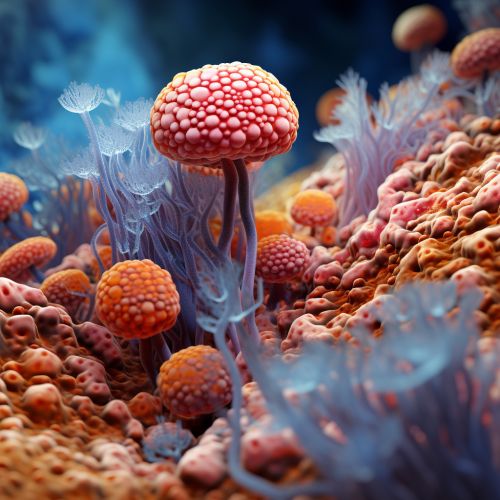Induced Pluripotent Stem Cells
Introduction
Induced pluripotent stem cells (iPSCs) are a type of stem cell that can be generated directly from adult cells. The iPSC technology was pioneered by Shinya Yamanaka’s lab in Kyoto, Japan, who showed in 2006 that the introduction of four specific genes encoding transcription factors could convert adult cells into pluripotent stem cells[1]. He was awarded the 2012 Nobel Prize along with Sir John B. Gurdon for the discovery that mature cells can be reprogrammed to become pluripotent.


Characteristics
iPSCs are similar to embryonic stem cells (ESCs) in many respects. Like ESCs, iPSCs are pluripotent, that is, they are able to differentiate into all derivatives of the three primary germ layers: ectoderm, endoderm, and mesoderm. These cells are capable of proliferating indefinitely and have a high level of cellular plasticity, which allows them to give rise to a wide range of cell types.
Generation of iPSCs
The generation of iPSCs involves the reprogramming of somatic cells using a set of transcription factors, or reprogramming factors. The original set of reprogramming factors (also known as Yamanaka factors) are the transcription factors Oct4 (Pou5f1), Sox2, cMyc, and Klf4. While this combination is most conventional, iPSCs may be induced using alternative reprogramming factors.
Applications of iPSCs
The discovery of iPSCs has opened up new possibilities in the fields of drug discovery, regenerative medicine, and disease modeling. iPSCs can be used to generate patient-specific cell lines for the study of disease mechanisms, drug screening, and cell replacement therapy.
Challenges and Future Directions
Despite the significant potential of iPSC technology, there are several challenges that need to be addressed. These include the low efficiency of iPSC generation, the risk of genetic and epigenetic abnormalities, and the potential for tumorigenicity. Further research is needed to address these issues and to fully realize the potential of this technology.
See Also
- ↑ Yamanaka, S. (2006). Induction of pluripotent stem cells from mouse embryonic and adult fibroblast cultures by defined factors. Cell, 126(4), 663-676.
